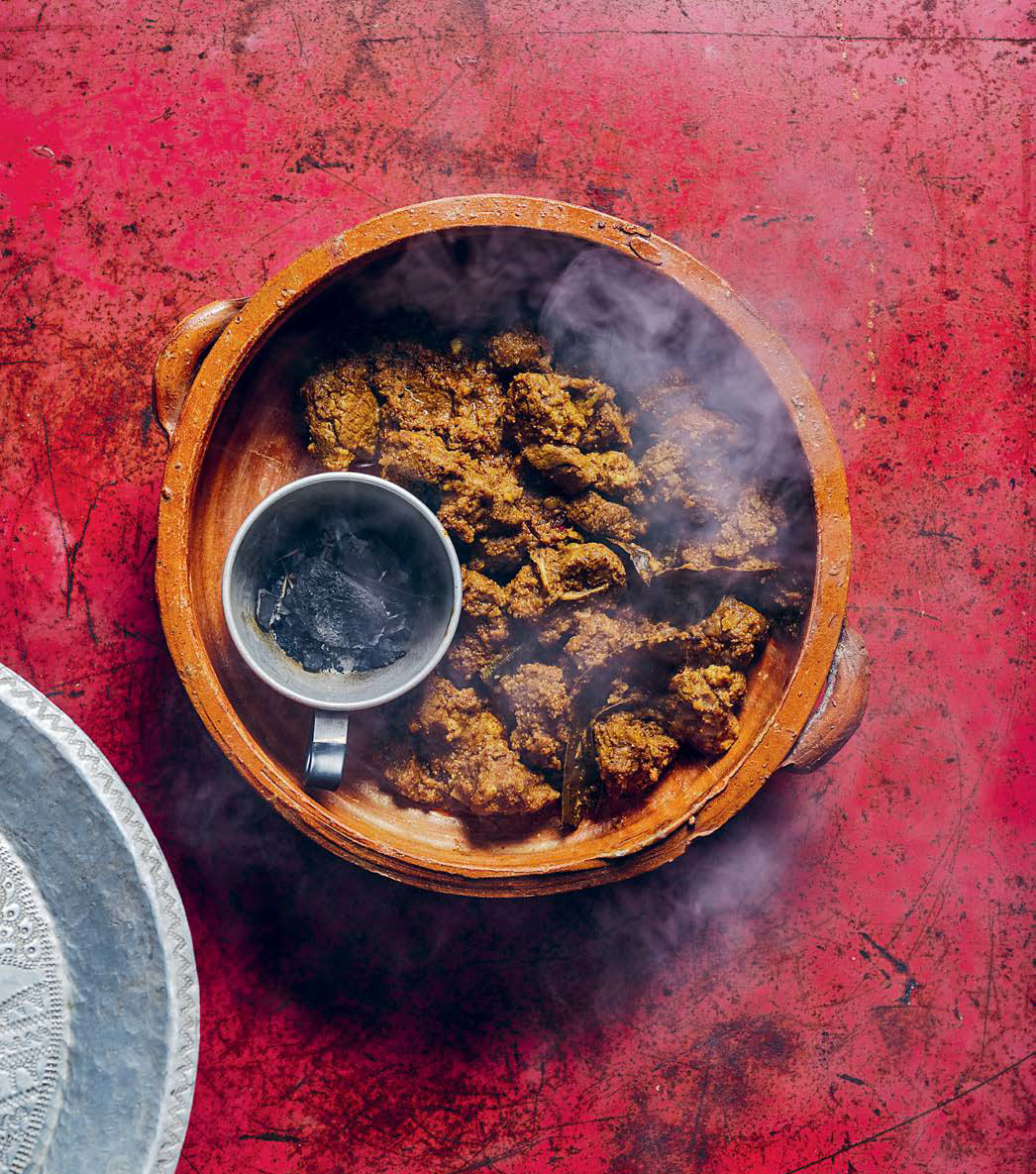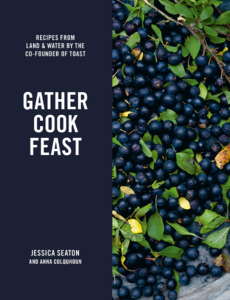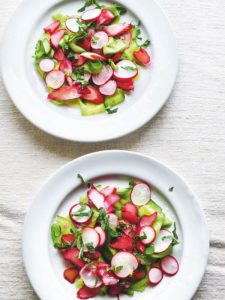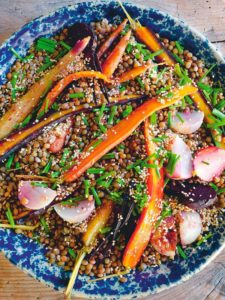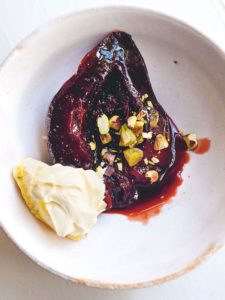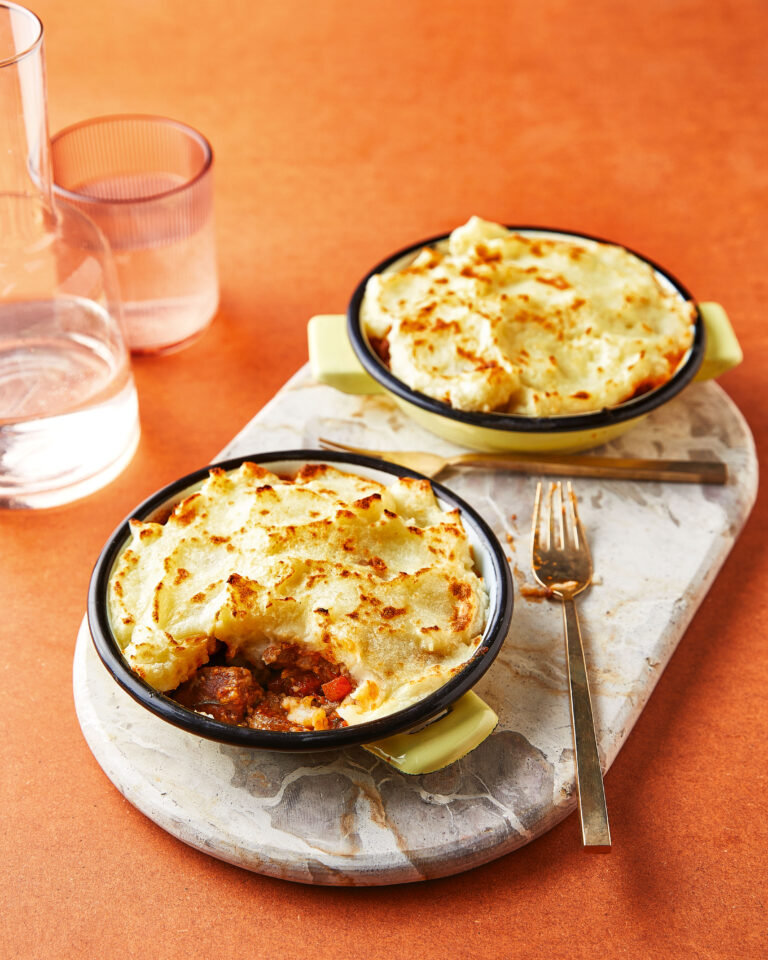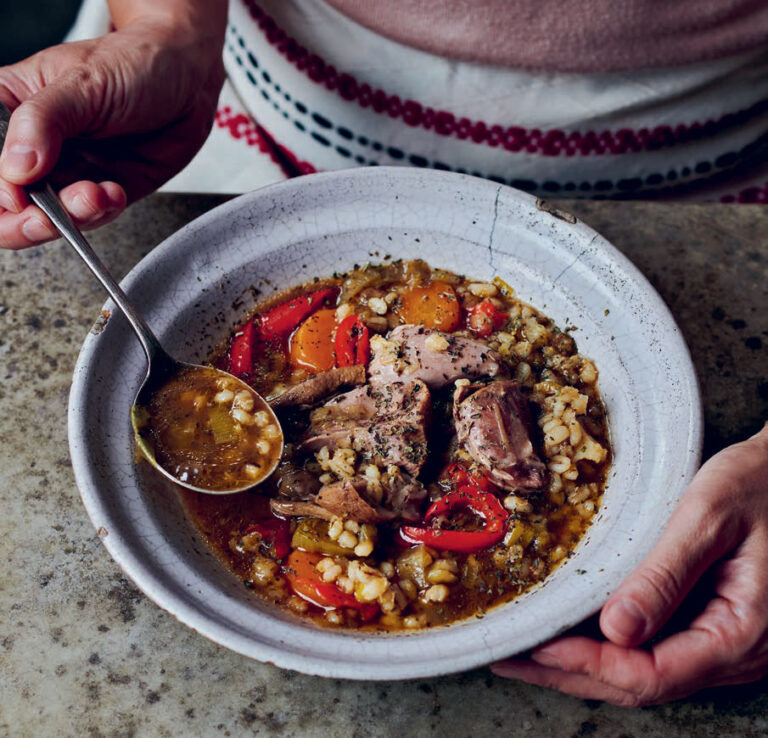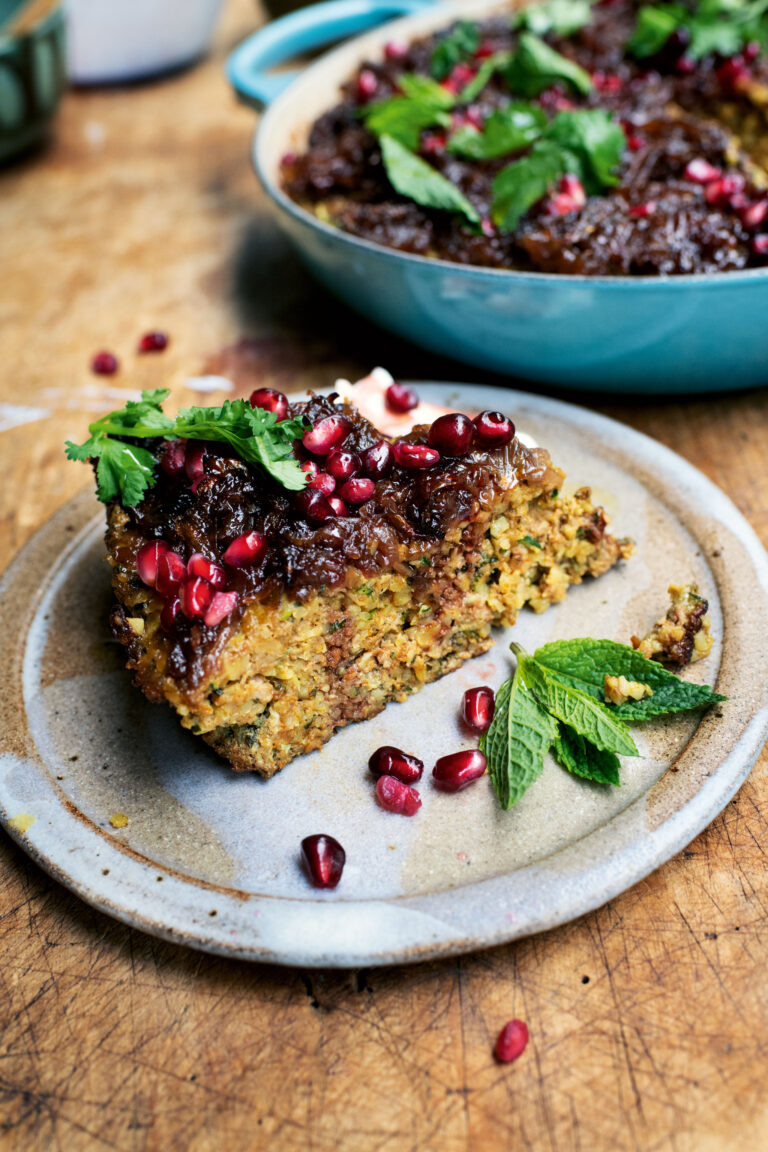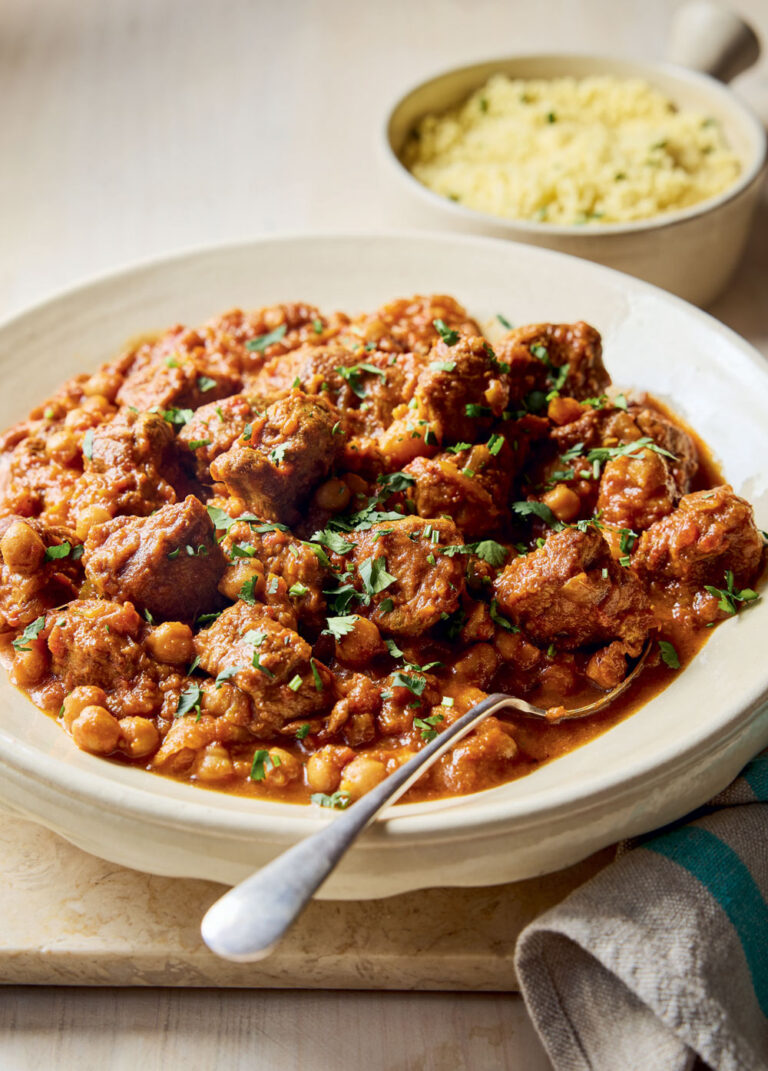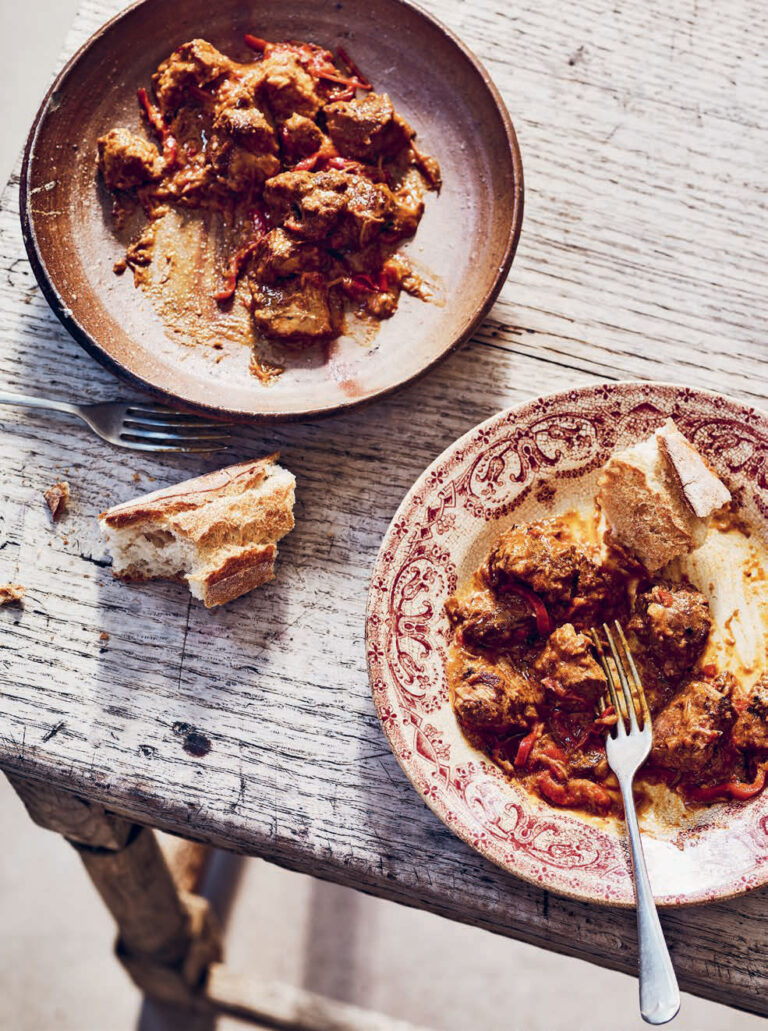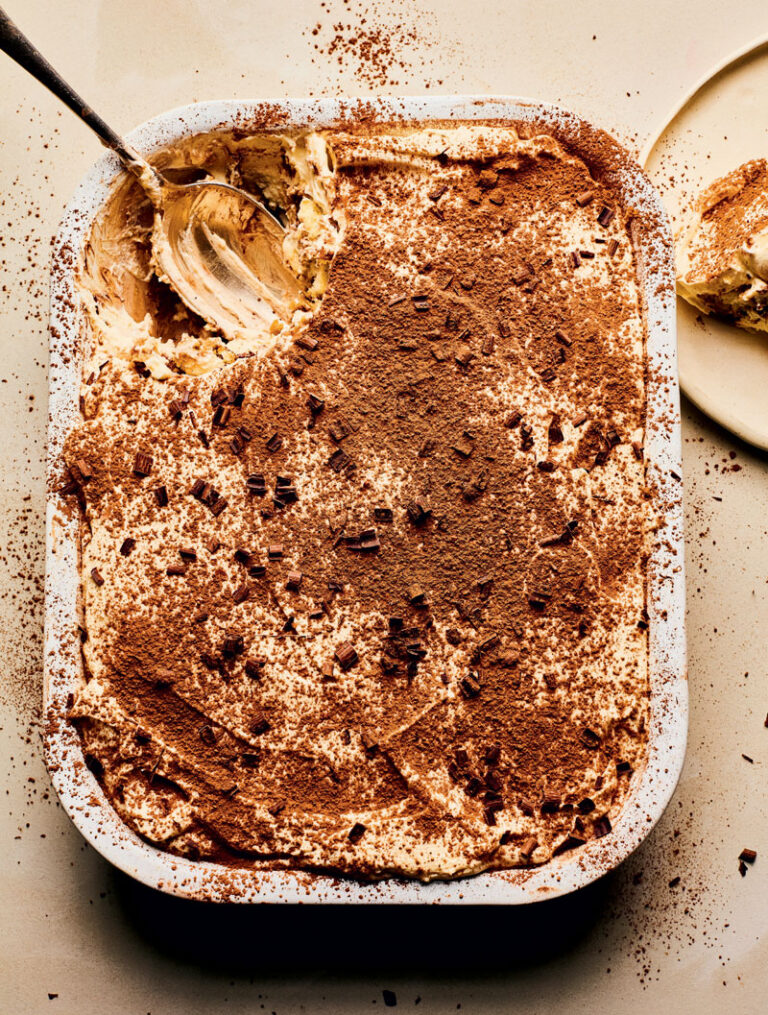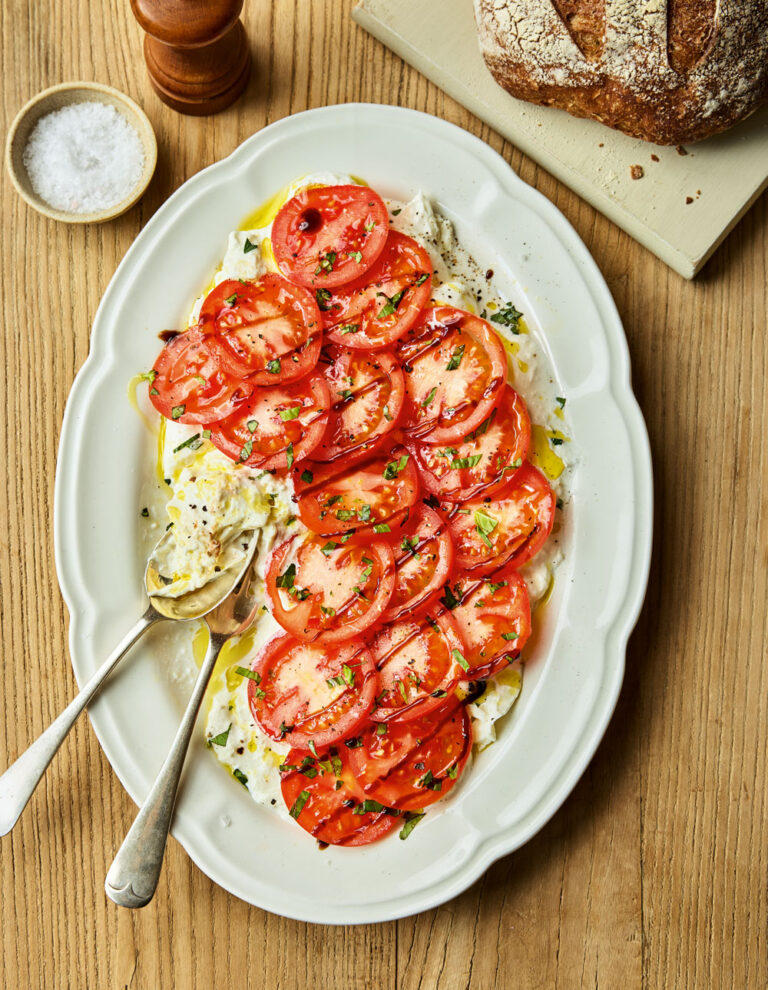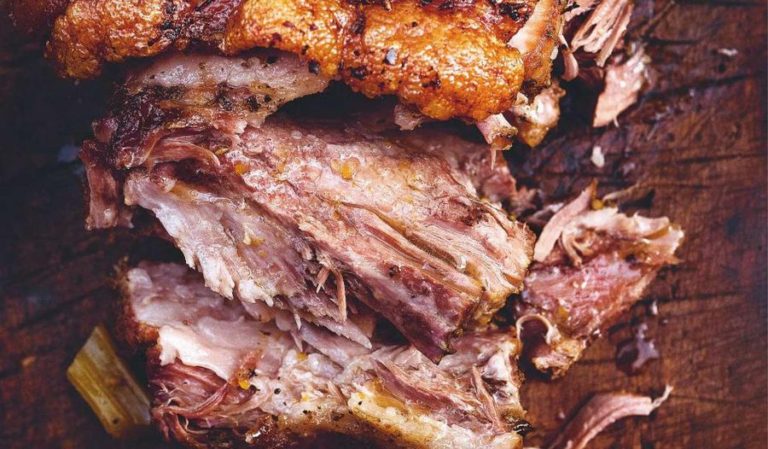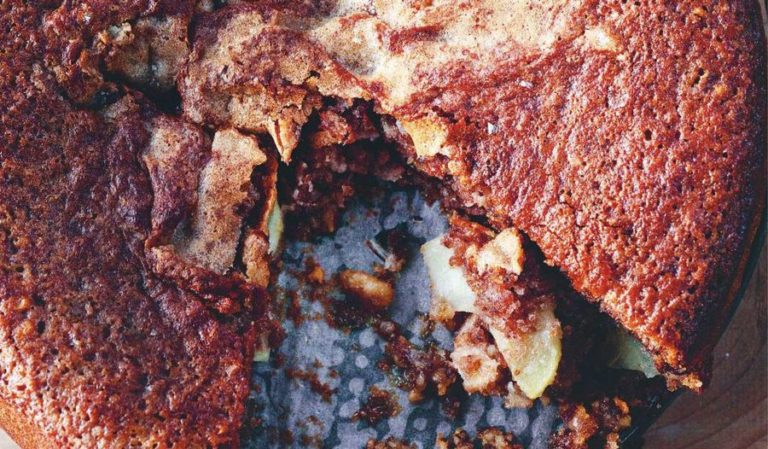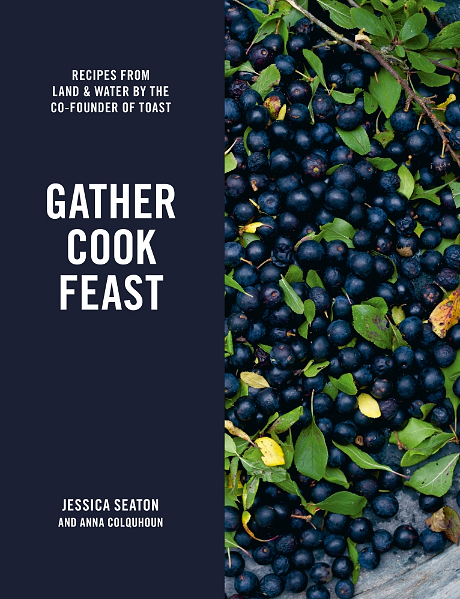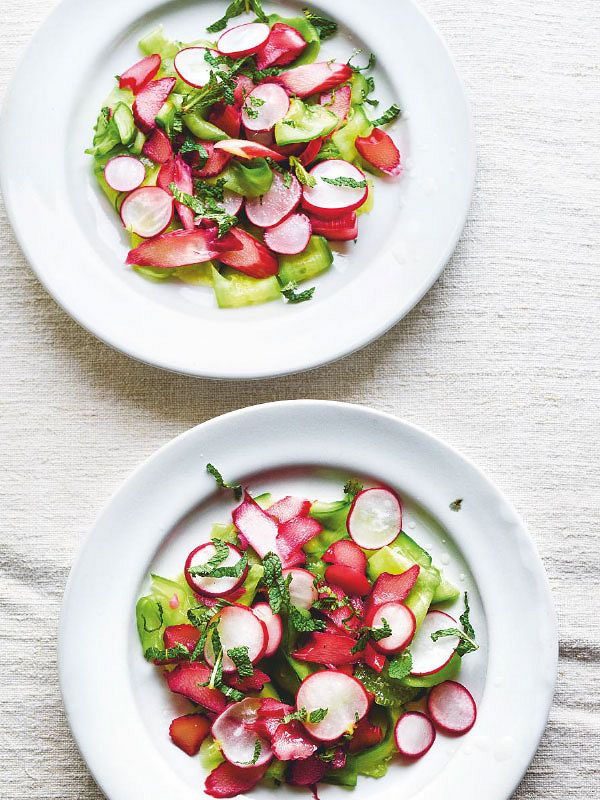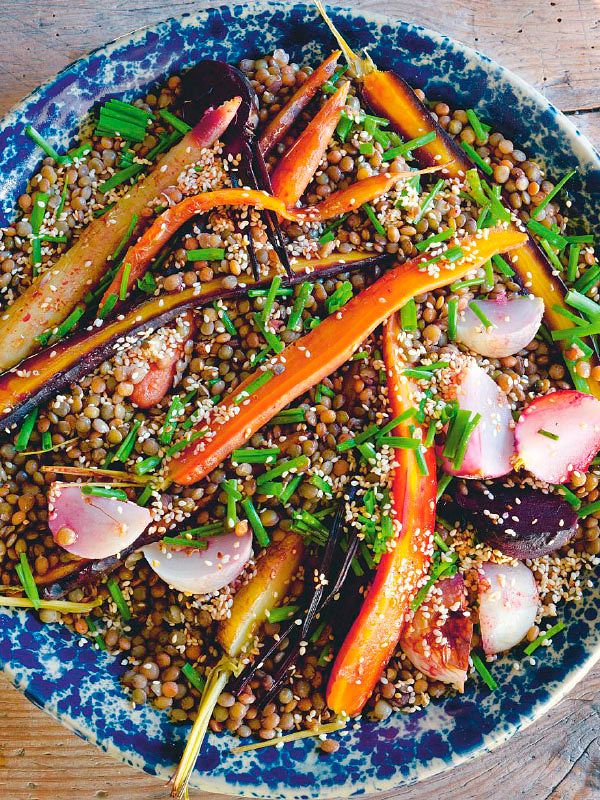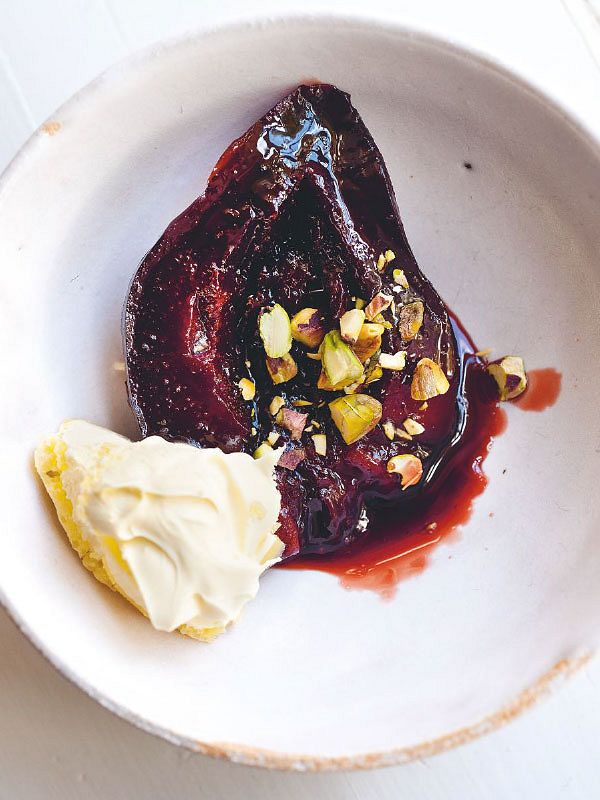Salt Marsh Lamb Chops with Sherried Capers & Sea Greens
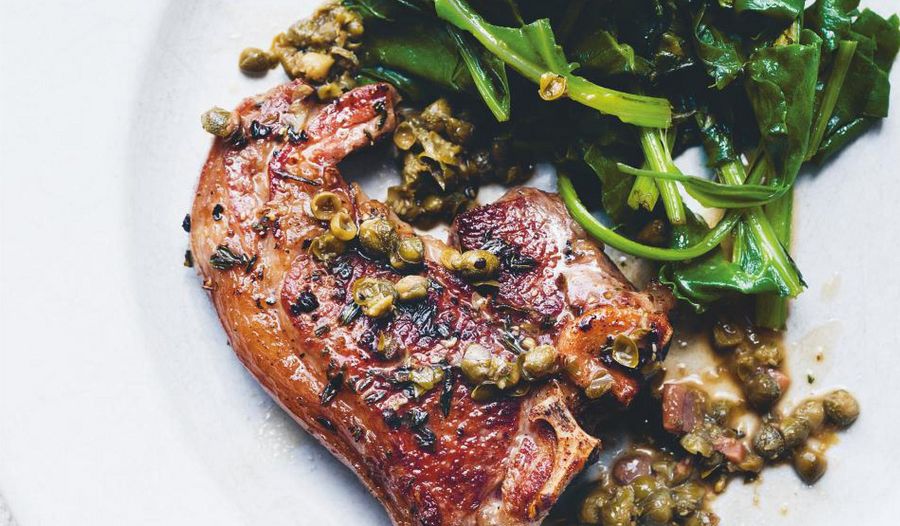
Enjoy delicious Salt Marsh lamb with this recipe from Jessica Seaton’s cookbook, Gather Cook Feast. Presented with greens and capers, this is a lip-smacking dish.
From the book
Buy From
Introduction
The marshes of the Lleyn and Gower peninsulas near where I live are used to graze flocks of sheep in the early spring to summer months. Meat grazed on this sea-sprayed and herb-rich pasture is sweeter than normal, with a slight salt-savoury tang.
The perfect accompaniment to this lamb is sea beet, which is
common around the shingly coasts of England and Wales and easy to identify, with a deep and more intense flavour similar to all its garden descendants. If you are far from the coast, fake it by using sea beet’s closest cultivated descendants, beetroot tops or chard, together with samphire for an extra iodine kick.
If you live near the coast where alexanders grow, you could also pair these chops with this delicious foraged ingredient. (Instructions for preparing alexanders below.)
This is a quick and excellent supper or lunch dish and is really good eaten with a deep pile of pillowy, buttery mashed potatoes.
Ingredients
| 4 | large salt marsh lamb chops (around 550g) |
| sea salt and black pepper | |
| some chopped fresh thyme leaves | |
| 2 tbsp | olive oil |
| 300g | beet tops, chard or foraged sea beet, washed and chopped |
| 50g | samphire, washed (if not using sea beet) |
| 40g | butter |
| 2 good tbsp | good tablespoons capers, drained of brine, chopped |
| 2 | anchovy fillets, chopped |
| 150ml | Oloroso or similar rich sherry |
| To serve: | |
| a good quantity of buttery mashed potatoes |
Method
Allow the chops to come to room temperature by seasoning them with sea salt, black pepper and some chopped fresh thyme and leaving them in a dish for an hour to absorb the flavours.
Make the mash the way you like it and keep it warm.
Pour the olive oil into a good heavy frying pan – it should cover the base of the pan with a thin layer. Heat the pan over a medium heat until the oil is starting to shiver a little. Lay the chops in the pan and brown for 2–3 minutes on each side, then turn on to the fatty edge and brown for 2–3 minutes. Test the chops with your finger at this point – they should be quite soft still, which means they will still be very pink inside. Put a lid on the pan and continue to cook for a couple more minutes on each side, until golden. Test with your finger again, a slight
firmness indicates they are cooked a little more but still pink. Remove the chops to rest, covered.
The beet leaves and samphire (if using) should still be damp from washing, so they can steam in their own moisture. Throw them into a dry, hot pan, clap the lid on and steam, turning occasionally, until tender. Finish with a knob of butter.
While the beets are cooking, pour away the oil from the chop pan and melt 30g of the butter over a medium heat, adding the capers and anchovies and turning to soften a little. Then pour in the sherry – the pan will spit and sizzle. Reduce the sherry to half.
Spoon the mashed potatoes, then the greens and finally the chops on to warm plates.
Add the juices that will have seeped from the chops to the sherry mix and add a dash more sherry if needed. Give the whole a second or two more bubbling over the heat, then dribble it equally over all the plated chops.
JUNE TO SEPTEMBER FOR SALT MARSH LAMB
Preparing Alexanders The pale green-flowered alexanders plant is common on the coasts of Cornwall, Pembrokeshire and Dorset, growing along the foot of wall banks and on pathways and roads. The plant has a pungent, almost fetid smell, but the boiled and buttered leaves and stems have
a delicately perfumed myrrh-like fragrance. They are delicious. It is important to identify the plant accurately, using a trusted guidebook or teacher, because there are quite a few toxic umbellifers to avoid. Fortunately alexanders are one of the easiest in the umbellifer family to learn about and identify.
You can eat all the soft leaves and the soft parts of the stem. Peel the skin off the stems in ribbons (somewhat like peeling rhubarb), slice the stems into logs, boil for a few minutes until tender, then toss with some butter, salt and pepper. Serve alongside roast lamb or fish; or make a risotto with blue cheese and alexanders; or combine with apple and spicy walnuts in a salad.
Reviews
Have you tried this recipe? Let us know how it went by leaving a comment below.
Our team is taking a break over Christmas and may be slower to respond to your comments or queries. We apologise for any inconvenience this may cause.
Please note: Moderation is enabled and may delay your comment being posted. There is no need to resubmit your comment. By posting a comment you are agreeing to the website Terms of Use.
